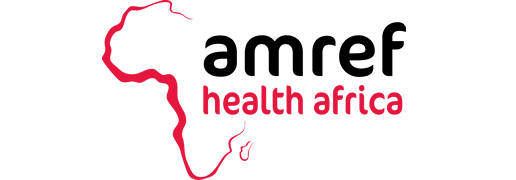Two students are huddled over their assignments in an imaginary classroom overlooking a jam-packed field at Lekanka Primary School. One is struggling to keep up with work. Her concerned colleague, noticing the discomfort, asks if she needs help.
Agnes Nampaso, with a strain on her face, says she’s unwell. The classmate holds and supports her to the head teacher, who immediately arranges for her to visit a health facility for examination.
At the facility, diagnosis reveals Agnes has typhoid the World Health Organization (WHO) describes as a life-threatening infection spread through contaminated food or water. It is common in areas with poor sanitation and unsafe drinking water.
The skit from Olenkuya Primary School concludes with a powerful message from actors, highlighting the importance of consuming clean and safe water.
Students from 15 primary schools participated in celebrating Water, Sanitation and Hygiene (WASH) in Schools (WinS) through various fun and educational activities including skits, poems, songs, dances and essay writing to raise awareness and promote proper WASH practices and behaviours among learners and the school community.
“It is not just a skit, but the reality we face every day. We rise before dawn to fetch water and return late, often missing classes. Many times, we fell sick from taking contaminated water,” explains Agnes, who played the role of a sick learner.
WHO warns that contaminated water and poor sanitation are linked to transmission of diseases such as cholera, diarrhoea, dysentery, hepatitis A, typhoid and polio.
In 2010, the UN General Assembly recognized that everyone has the right to sufficient, continuous, safe, acceptable, physically accessible and affordable water for personal and domestic use. Because safe and readily available water is important for public health.
Yet, worldwide, 2.2 billion people still lack access to safe water. Data from United Nations Children’s Fund (Unicef), says 59 per cent of Kenyans have access to safe drinking water than to basic sanitation at 29 per cent. That, since 2000, access to safe drinking water has increased by 12 per cent, while access to basic sanitation has fallen by five per cent.
Article first published on https://www.standardmedia.co.ke/education/article/2001501085/wash-interventions-help-reduce-waterborne-disease-rates-in-schools
